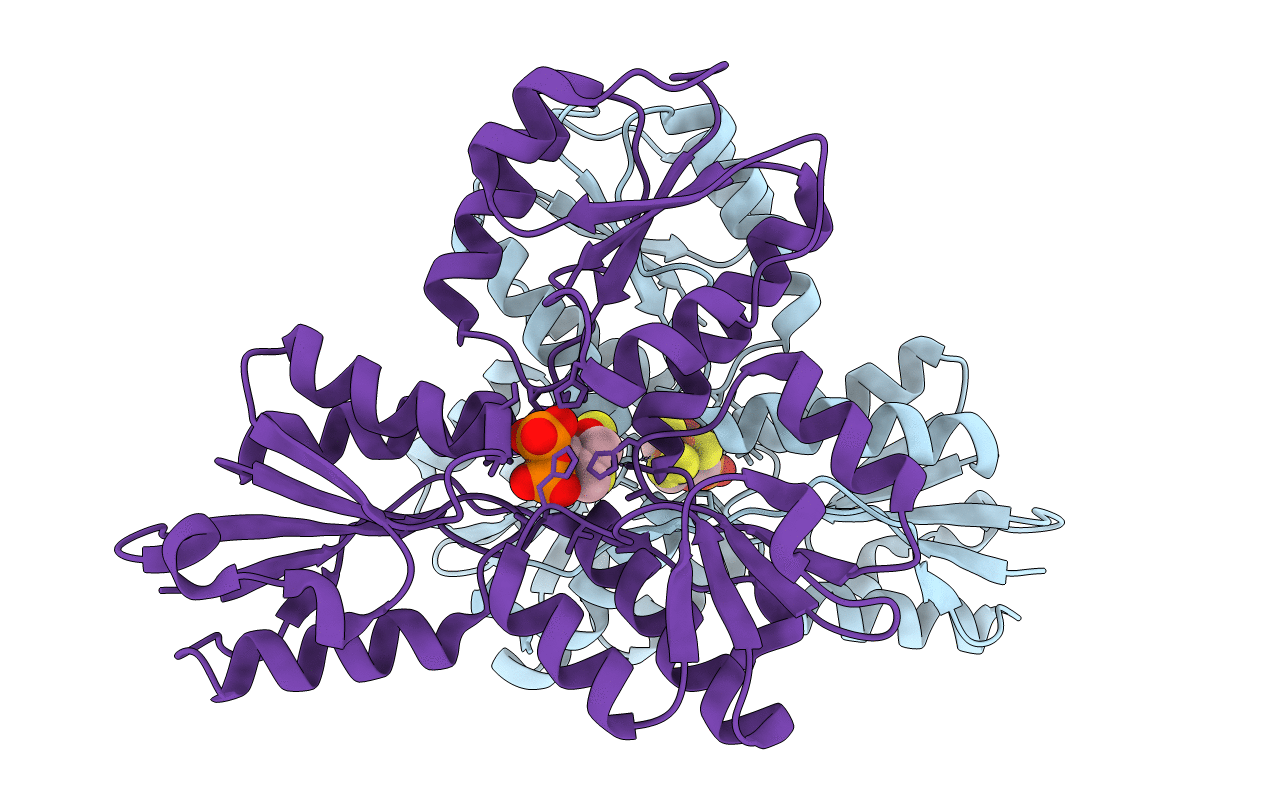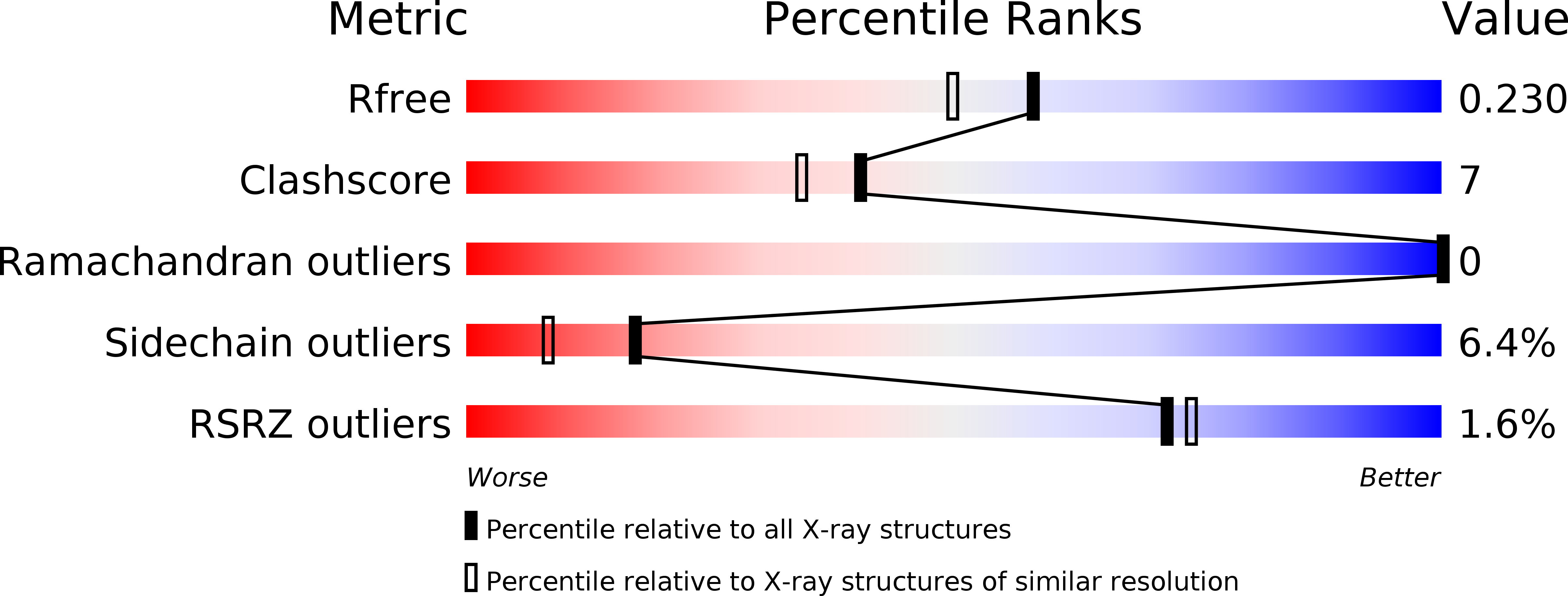
Deposition Date
2012-03-23
Release Date
2013-02-06
Last Version Date
2023-09-13
Method Details:
Experimental Method:
Resolution:
1.90 Å
R-Value Free:
0.22
R-Value Work:
0.18
R-Value Observed:
0.19
Space Group:
P 21 21 21


